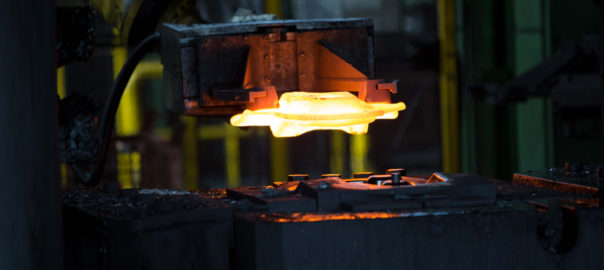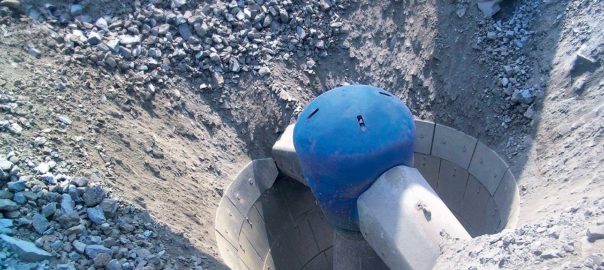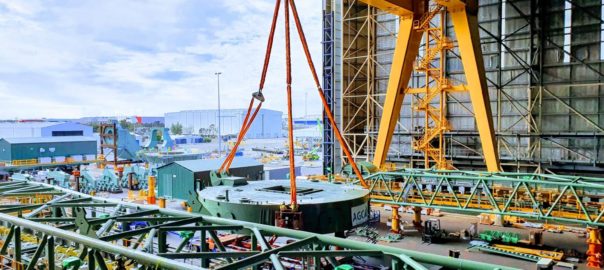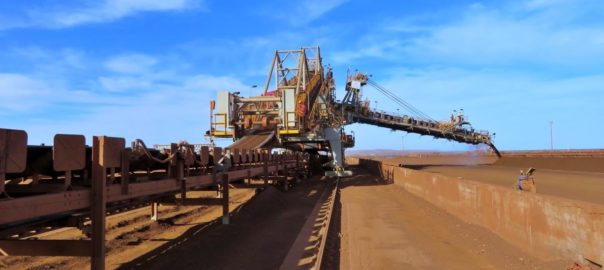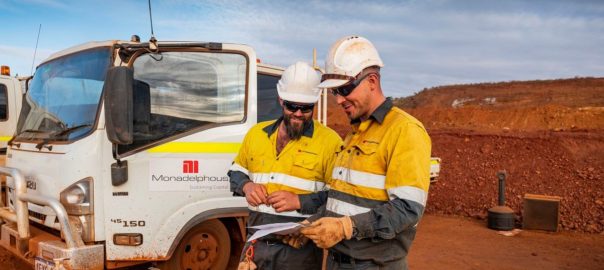Berco, a leader in the manufacturing and supply of undercarriages and components to OEMs and the aftermarket, has reached another milestone with the launch of its complete undercarriage replacement range for the Cat 6020B hydraulic mining shovel.
Developed specifically for the high-quality demand mining segment of the aftermarket, this is the first “non-captive” range available to purchase, according to the company. This means that aside from Cat, Berco is the only company currently capable of providing a full and significantly more affordable variety of undercarriage replacement components for this particular machine, Berco said.
Launched in 2014, the Cat 6020B is a 230 ton (224 t) excavator at the high end of the mining range. Depending on the abrasiveness of the soil, undercarriage components need to be replaced every four-to-five years, according to Berco, meaning there are significant numbers of this particular model currently due undercarriage maintenance. This number, moreover, is forecast to grow in the coming years.
To meet this demand, Berco is supplying a full range of undercarriage components including the chain, the bottom rollers, the top rollers, the drive sprocket and idlers with supports. Everything is set to be available from September onwards.
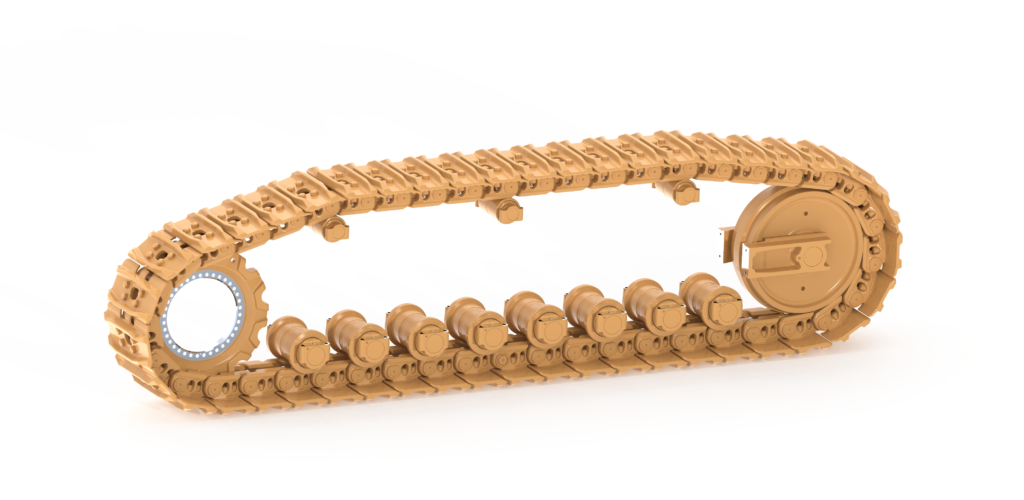
“These machines must be capable of working in harsh environments for 20-24 hours a day without stopping, because when the main excavator on a site is out of service, it has a direct knock-on effect on all of the secondary machines,” Diego Buffoni, Head of Aftermarket Berco, said. “We are particularly proud of this new range launch, which will offer a great business opportunity for our partner distributors worldwide. On top of Berco’s acclaimed high quality, which it provides, it also signifies the path we are on, which is to supply comprehensive and affordable solutions to all aftermarket customers.”
For the Cat 6020B hydraulic mining shovel range, Berco used a “reverse engineering” process to deconstruct the original equipment components. Three-dimensional material scanning was carried out to gain a complete understanding of the initial design criteria, while laboratory analysis determined the materials used as well as the heat treatments and microstructures.
“Having gained a full understanding of all of the components in question, company engineers then proceeded to develop their very own Berco-quality aftermarket undercarriage system, which is further boosted by the addition of another Berco innovation: BPR2™ (Berco Positive Pin Retention2™ system),” the company said. “This improves the working lifetime of the components by mechanically locking the link to the pin which results in the avoidance of ‘end-play generation’ and ‘pin walking’ in an undercarriage.”
For the track chain, a newly designed track link with a 350 mm pitch was produced using the “drop forged” process made from a mild carbon steel grade with boron. Unlike the original equipment product, however, the chemical composition of the Berco version is enriched with chromium to increase tensile resistance. In addition, the track bushing has a high resistance to wear. With 60 HRC hardness, it can contain pitch elongation, according to the company. The case depth has also been increased by 20-25% when compared with the original. The track pin, moreover, has deeper case depth and higher core hardiness, resulting in an improved bending load resistance, Berco said.
The track roller can, because of its lubrication and seal features, adopt an “all-weather” configuration, ranging from -40°C to 50°C. Additionally, three top rollers without a central flange support the heavy weight of the chain, and the oil filling hole has been moved to the outer collar to ensure full access to it.
With Berco’s Dozer Line already complete, the launch of its range for the Cat 6020B hydraulic mining shovel brings the company closer to finishing its Excavator Line too.
Accounting for a large portion of all aftermarket sales, Berco says the mining market segment is of particular importance to it. The company is now looking to further strengthen its position by extending its mining ranges and becoming the only high-quality alternative to OEM components.







